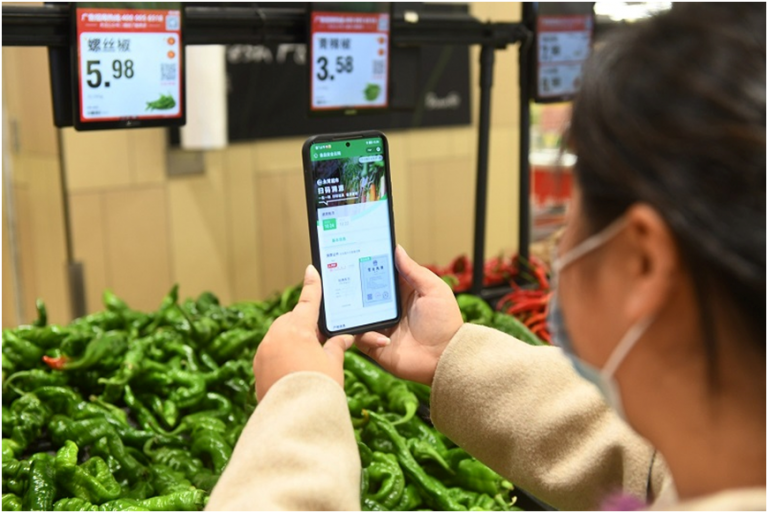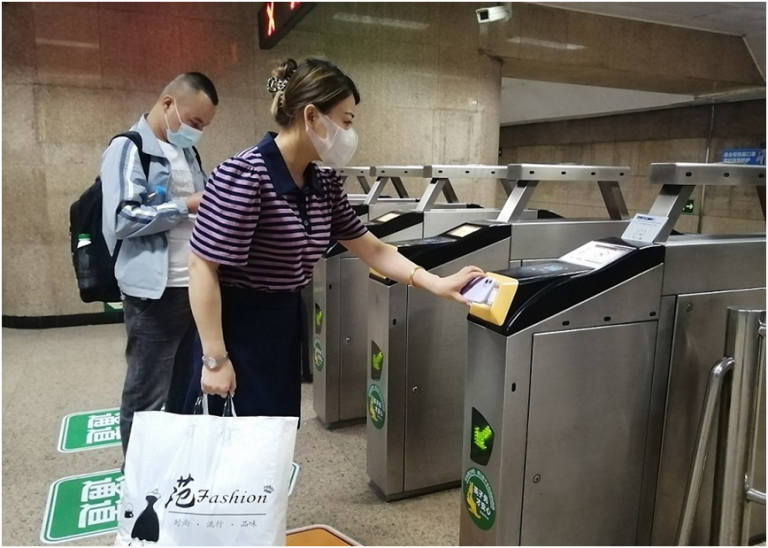
By Peng Xunwen
QR code is nowadays bringing huge convenience to the Chinese people. It is widely used by them to pay for commodities, log in to their online accounts, verify their identities, and obtain information about objects.
According to a report recently issued by the Payment & Clearing Association of China, QR code scanning is the most frequently used payment method for 95.7 percent of Chinese mobile payment users, and 52.6 percent often pay for their fares on buses and metro services with QR code. The proportion of users who pay with prepaid transportation cards or cash has decreased, said the report.
Besides, users can use the scanners on some mobile payment platforms to obtain information about objects, such as flowers and animals.
For instance, the scanner on mobile payment platform WeChat can recognize over 100 million commodities, 300,000 famous paintings, 100,000 landmarks,tens of thousands of animal species, and 5,000 plant species.

A man with mobility difficulties in Shanghai, whose surname is Liu, recently attempted to book a wheelchair by scanning a QR code on the seat of a bullet train from Shanghai to Beijing. His order was soon received by an attendant and then reported to the conductor. When Liu’s train arrived in Beijing, a wheelchair was already waiting for him on the platform.
Since September this year, a standardized QR code has been added to the paper and digital business licenses held by all 3.2 million market entities in Shanghai. The QR code carries relevant information about the entities, including their registration information, business permits, and supervision information.
Nanjing, the capital of east China’s Jiangsu province, has pasted a QR code sticker to all electronic scales in farmers’ markets. By scanning the code, consumers can acquire relevant information about the scales, such as the specification and calibration, so as to make sure the measurement is accurate.
However, while bringing more convenience to the people, QR codes also trigger problems. For instance, they are sometimes used to conduct illegal and criminal activities.

In order to crack down on such crimes, mobile payment platforms have expanded their investment in the development of anti-fraud systems.
In December 2021, the People’s Bank of China, the country’s central bank, issued a technical specification on barcode payment which regulates the coding rules and safety requirements of barcode payment to ensure the safety of users’ information and assets.
Qiu Han, a researcher with the Institute for Network Sciences and Cyberspace of Tsinghua University, said that as the internet industry maintains rapid development, the fight against telecom and online fraud will become a globally challenging issue that calls for joint efforts from multiple industries and entities, such as payment organizations, financial institutions, public security departments, telecommunication carriers, and internet companies.










